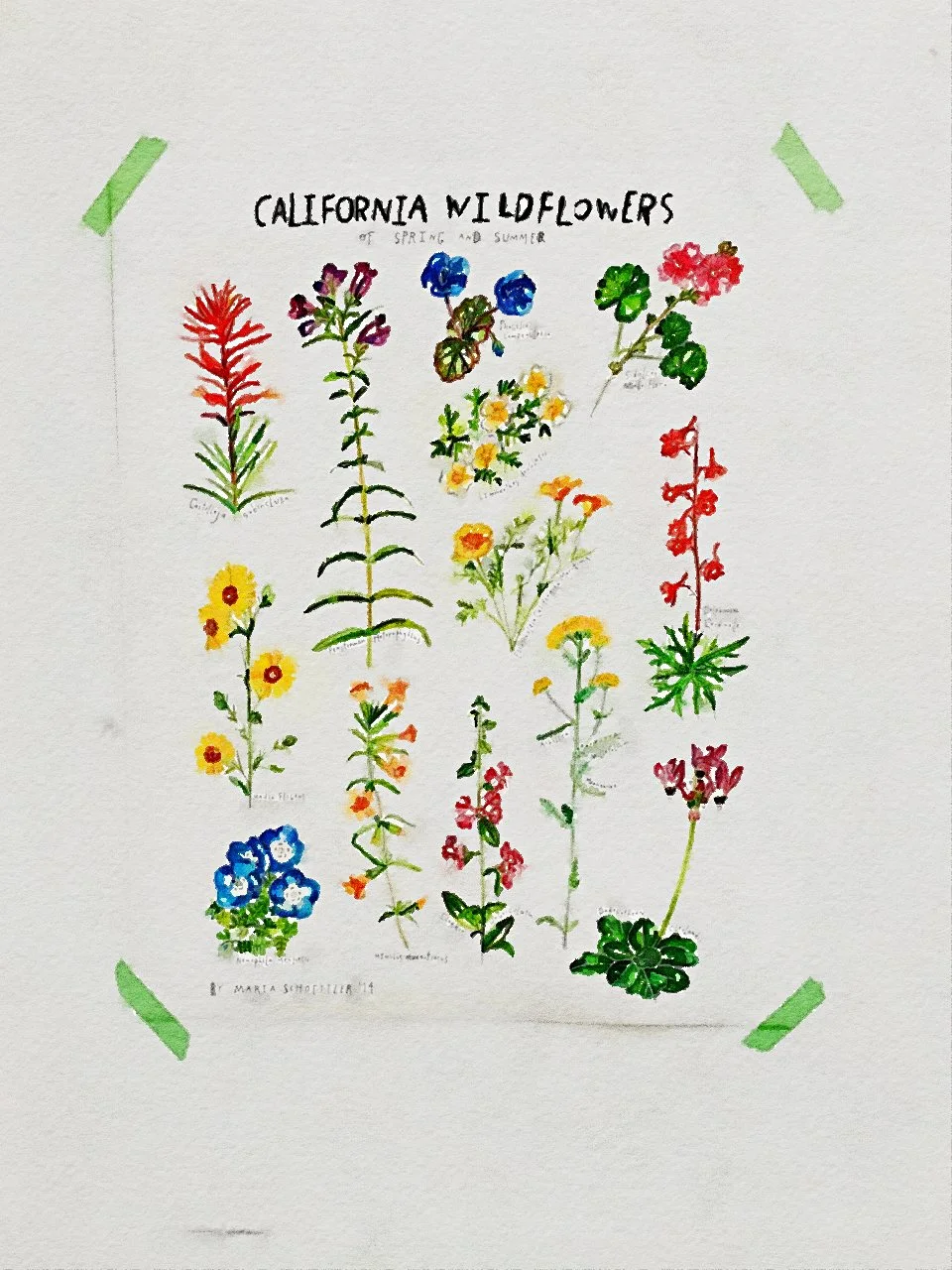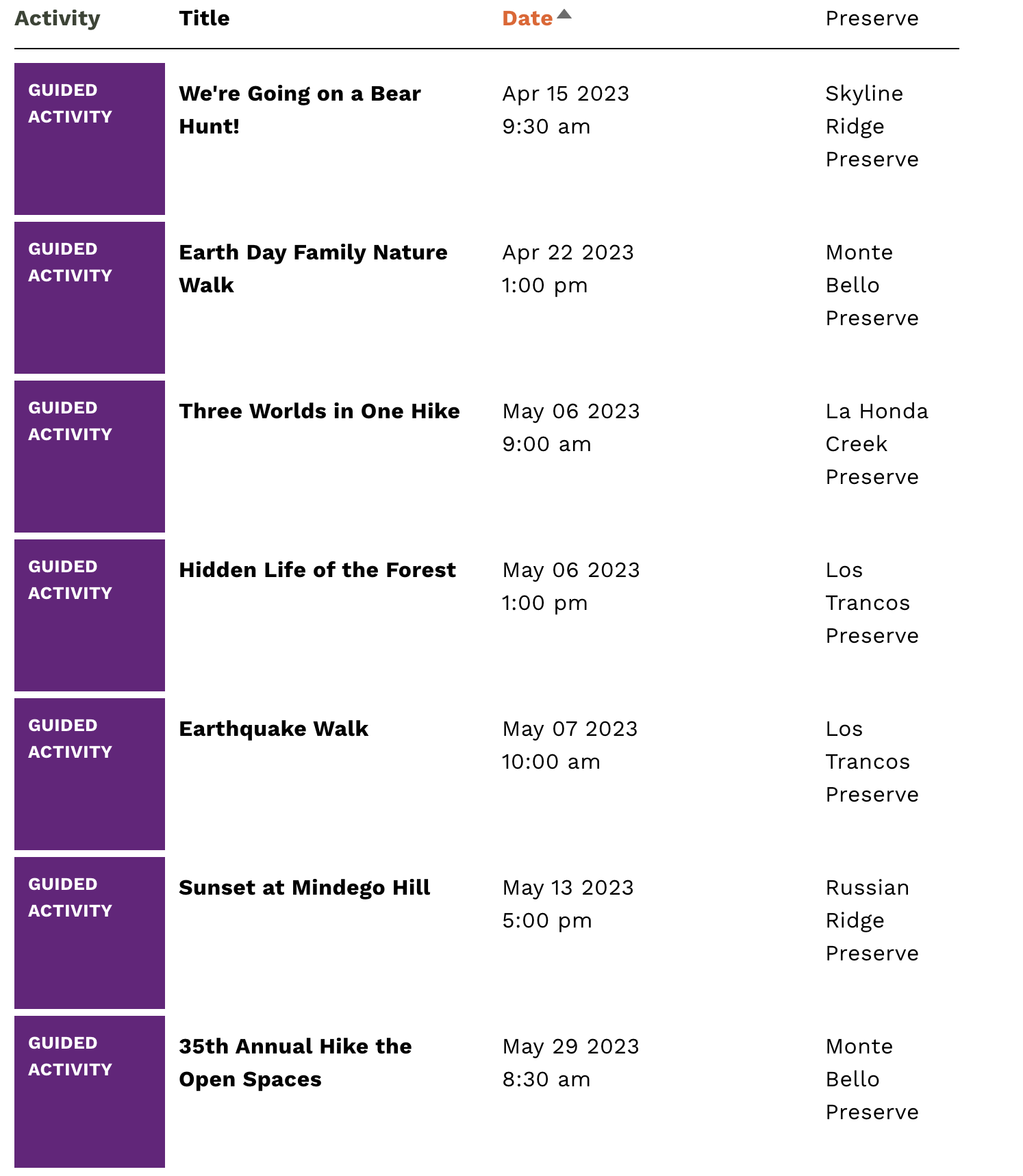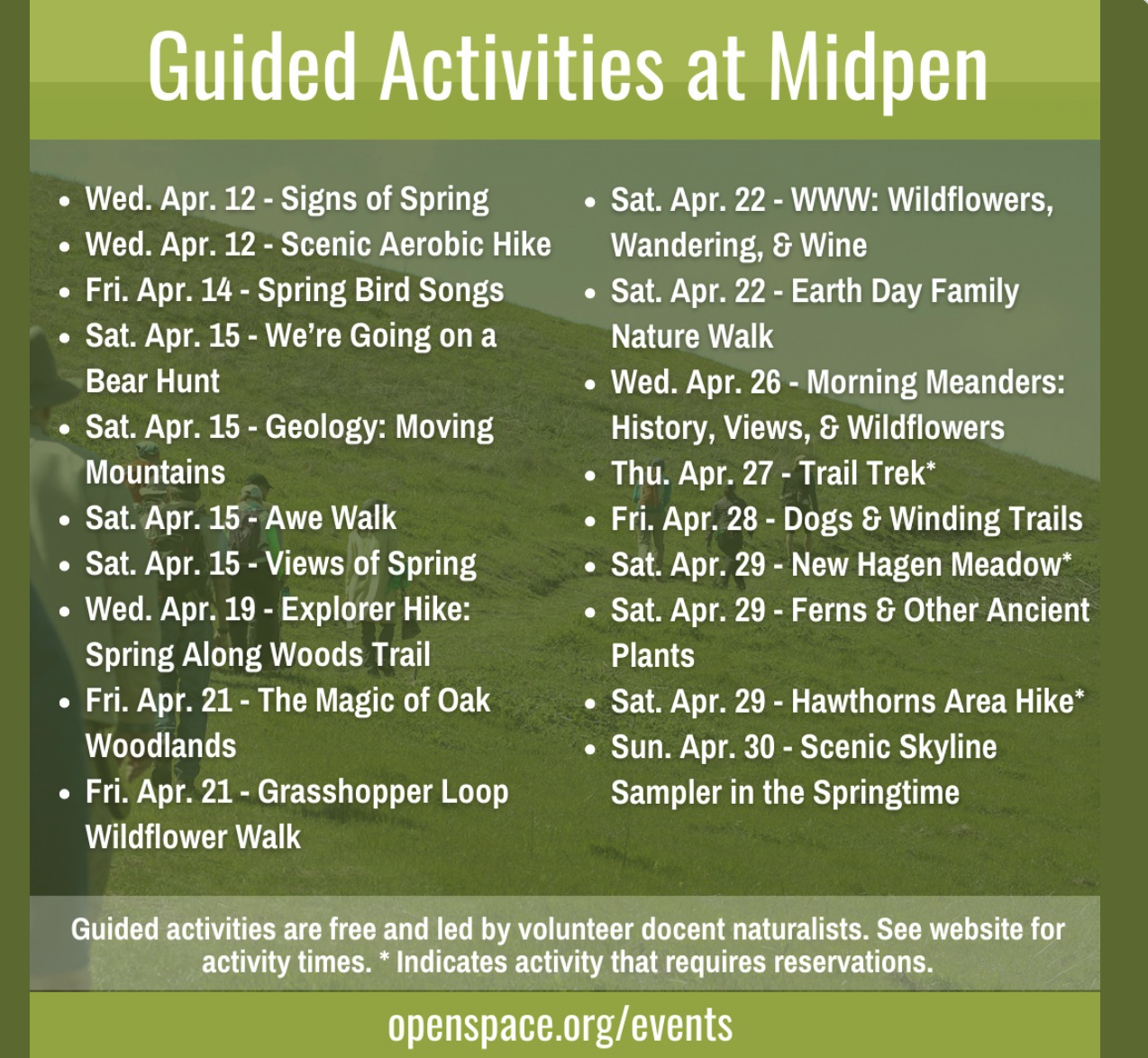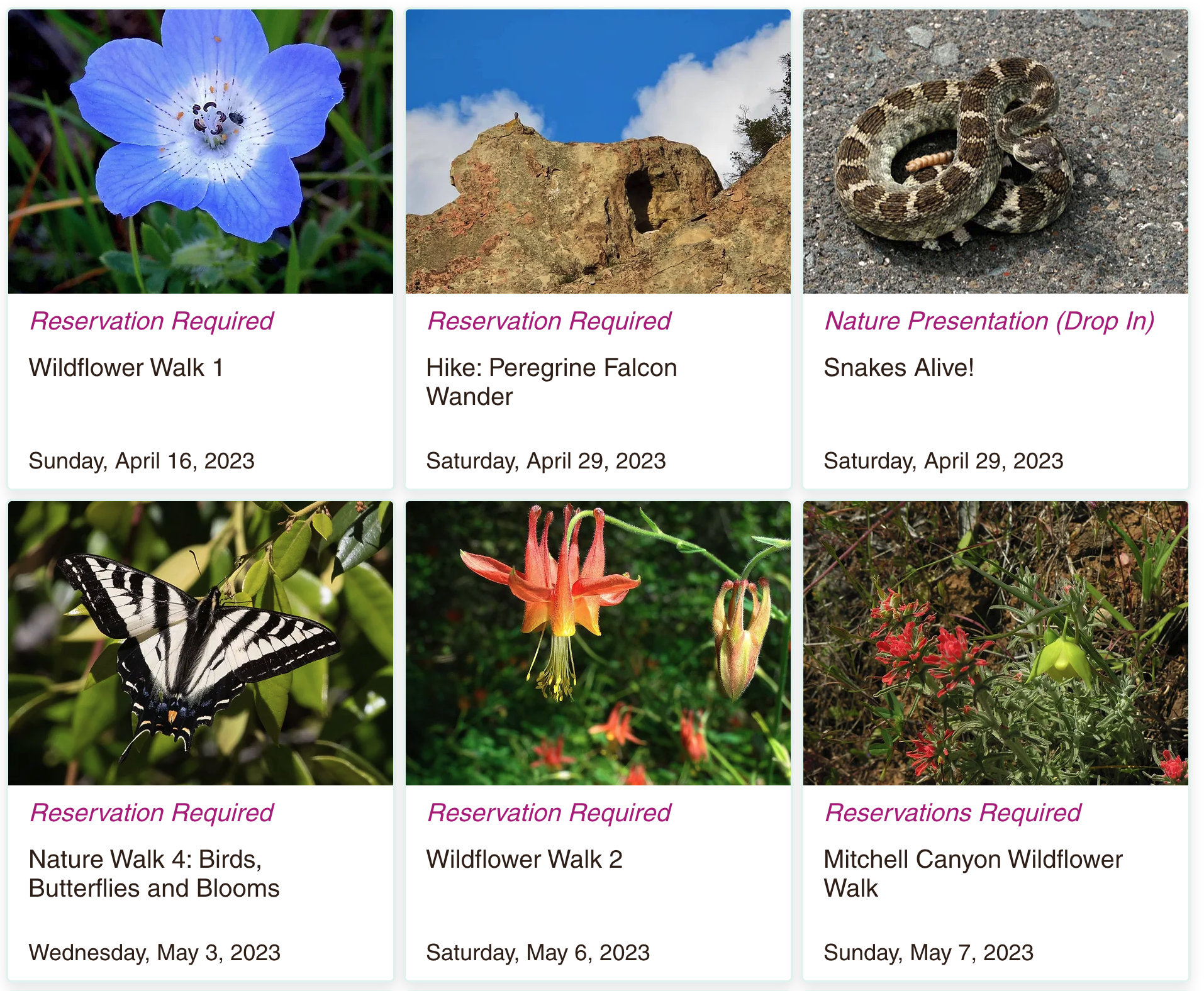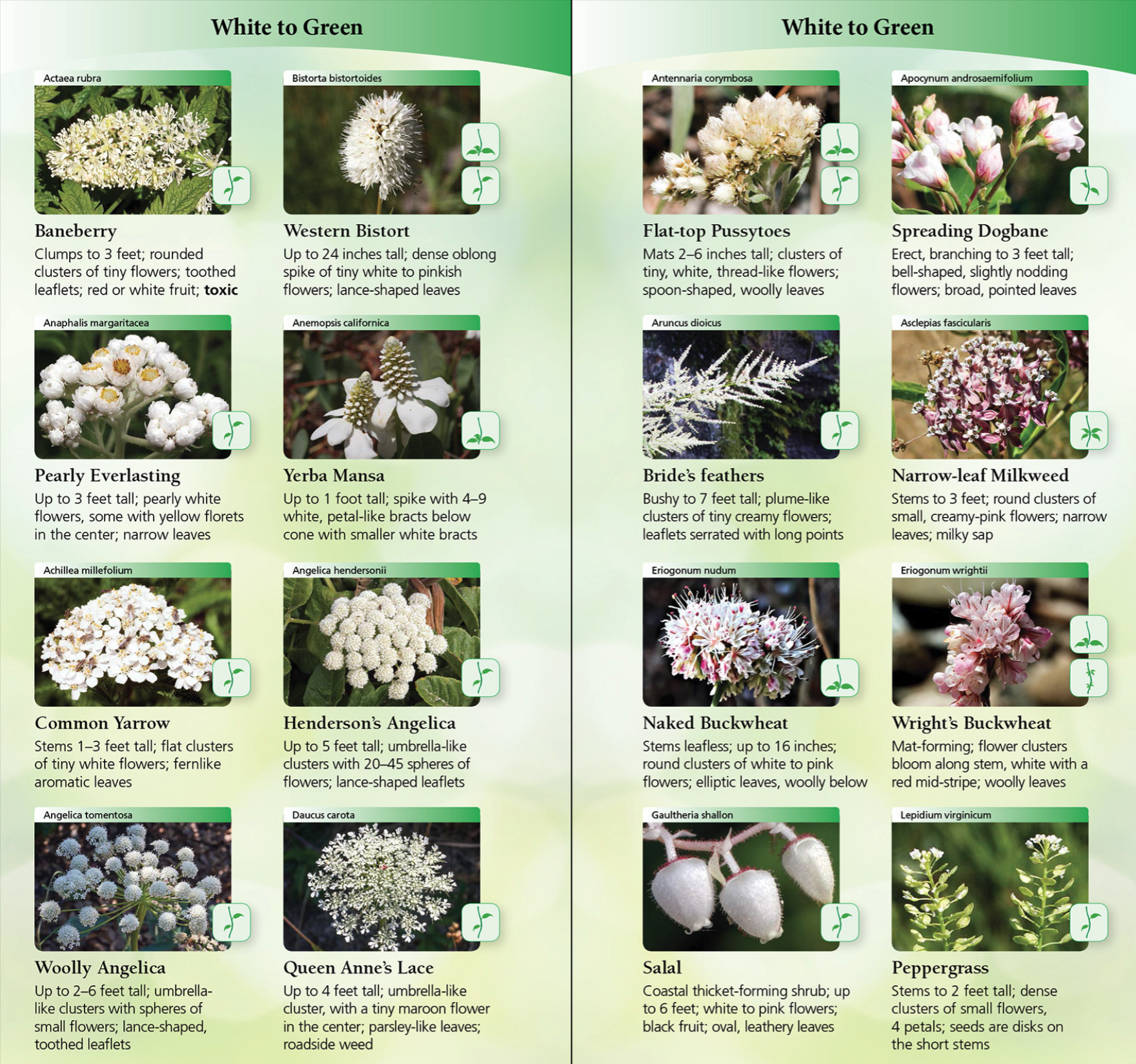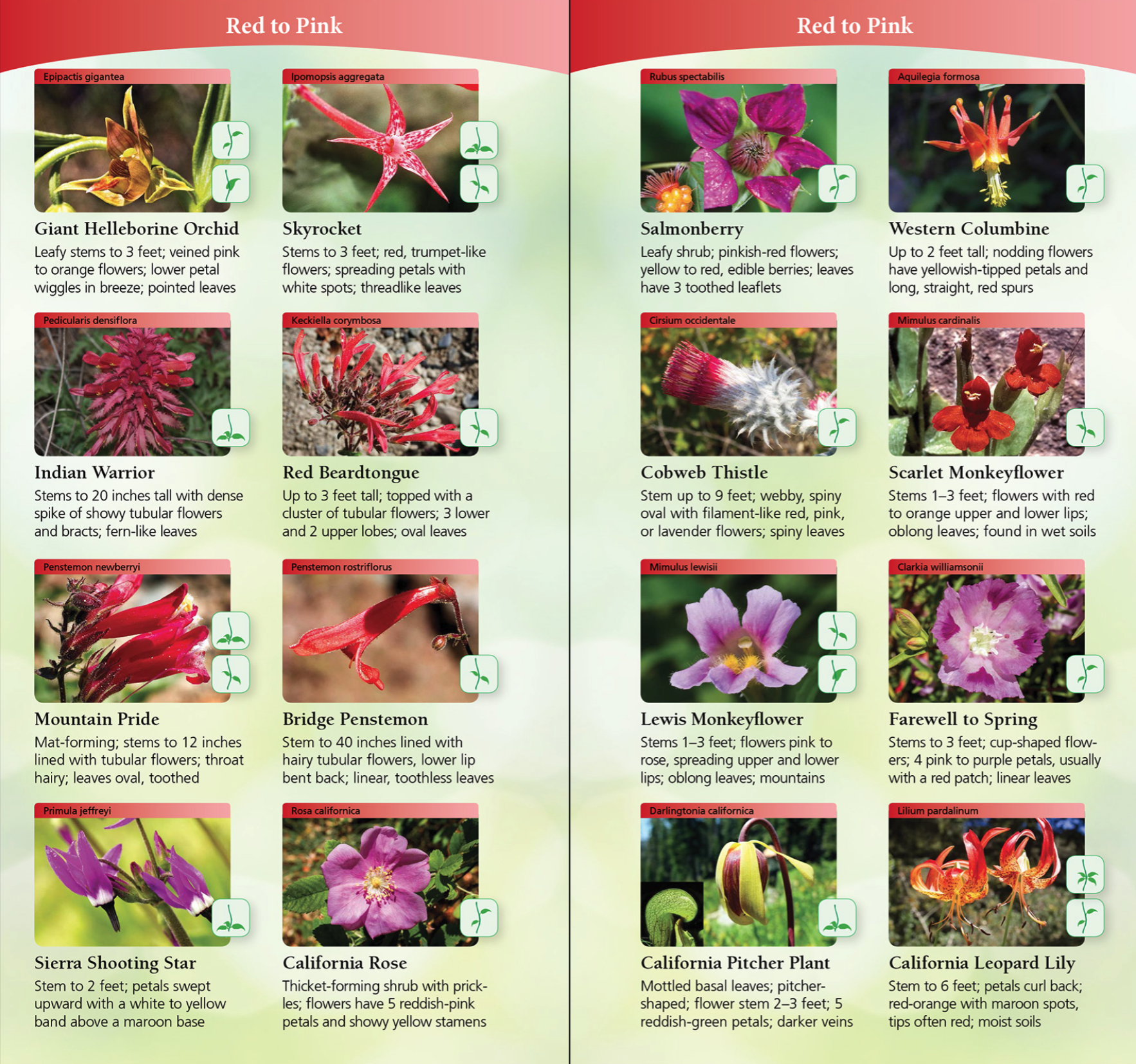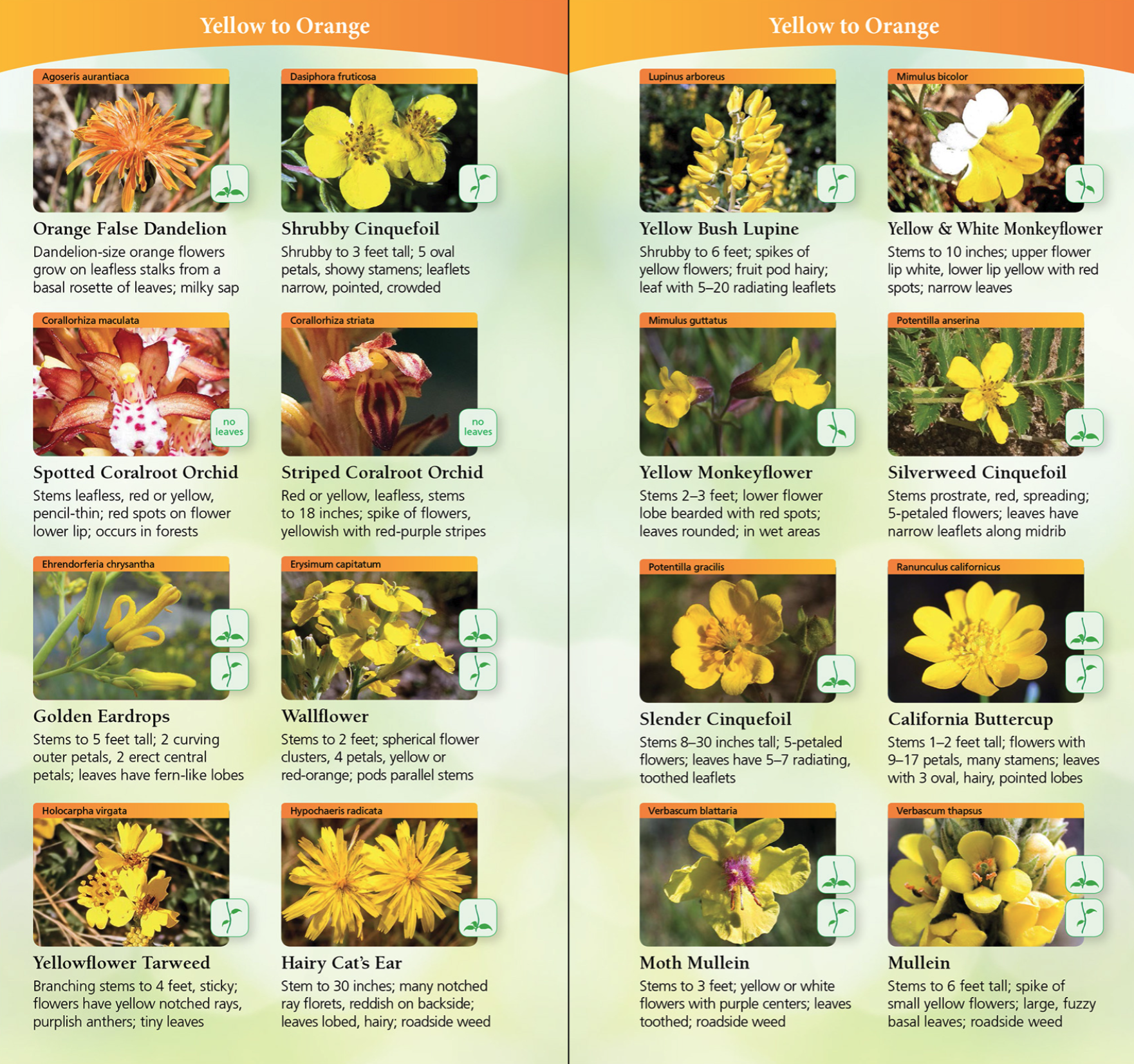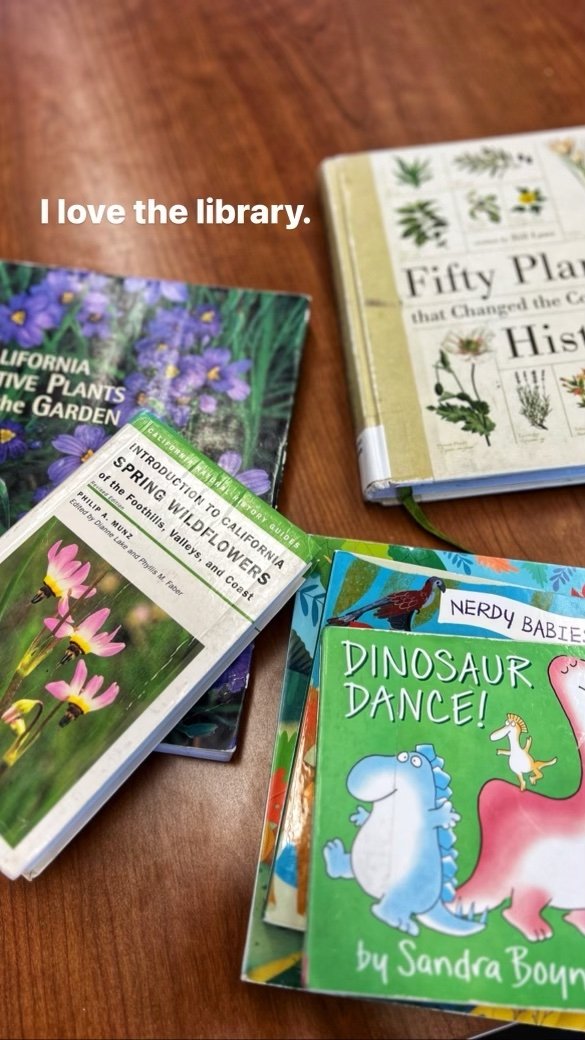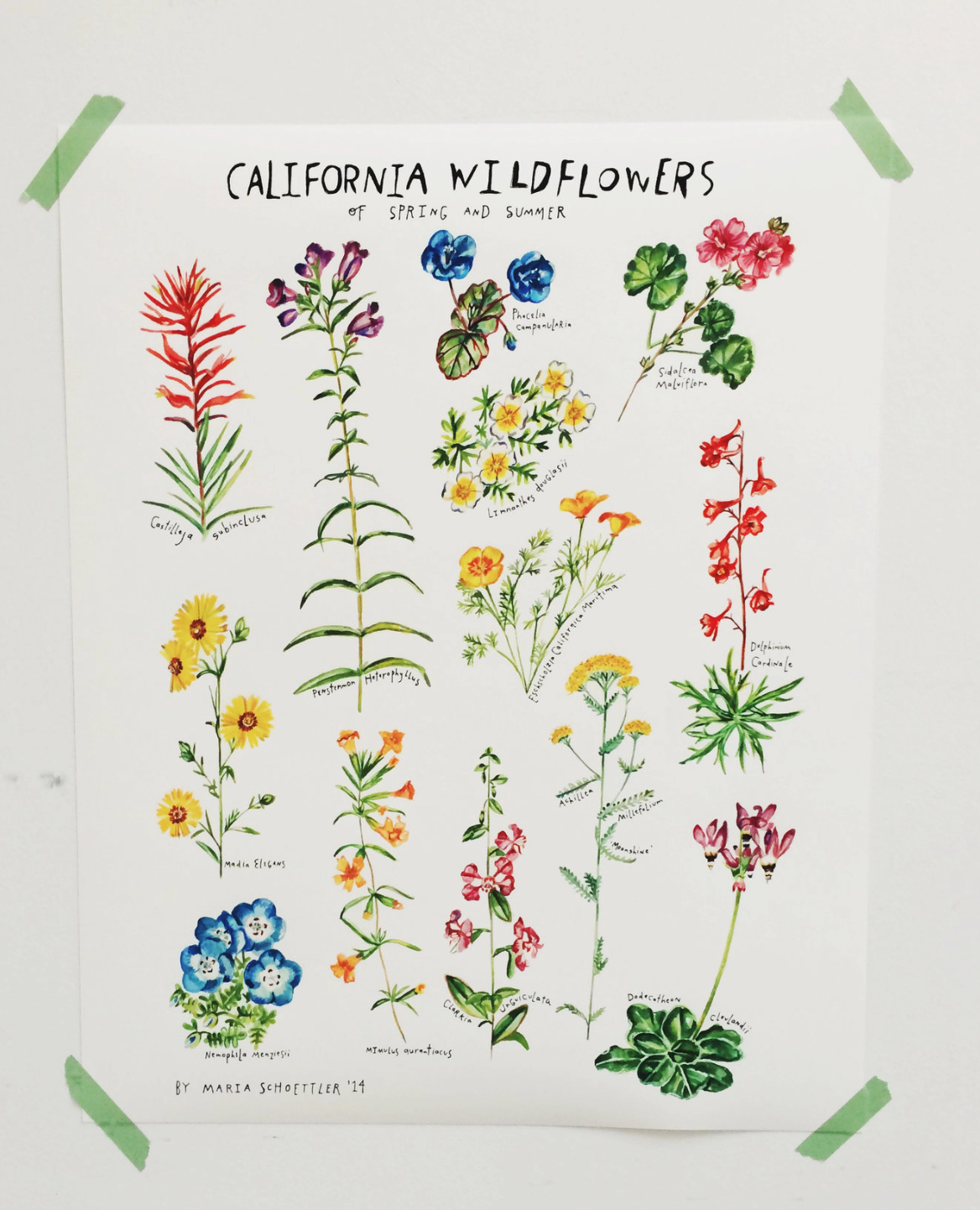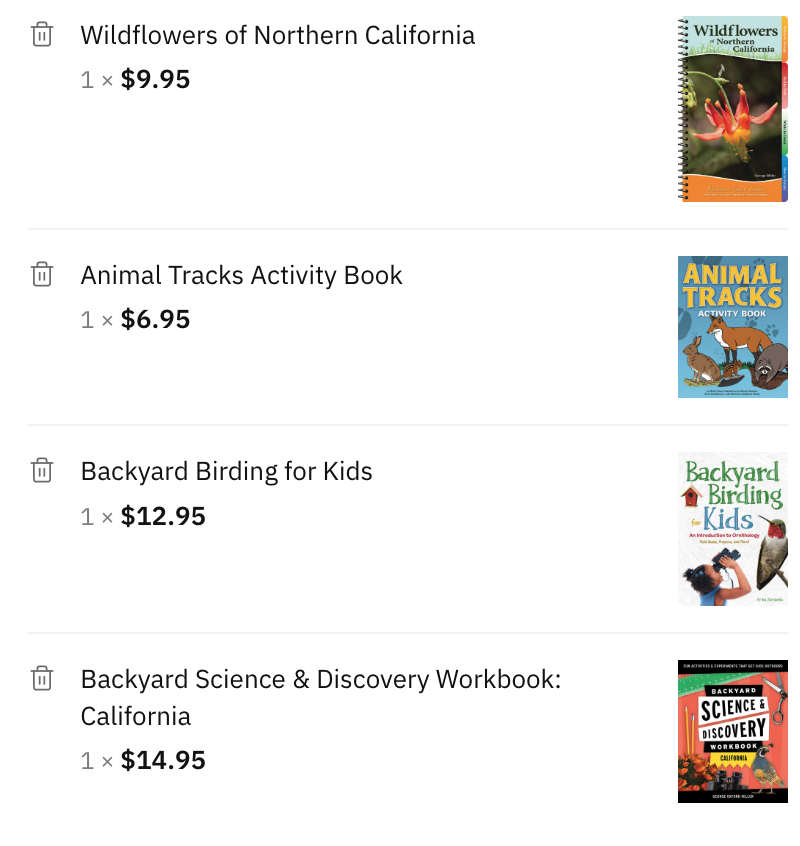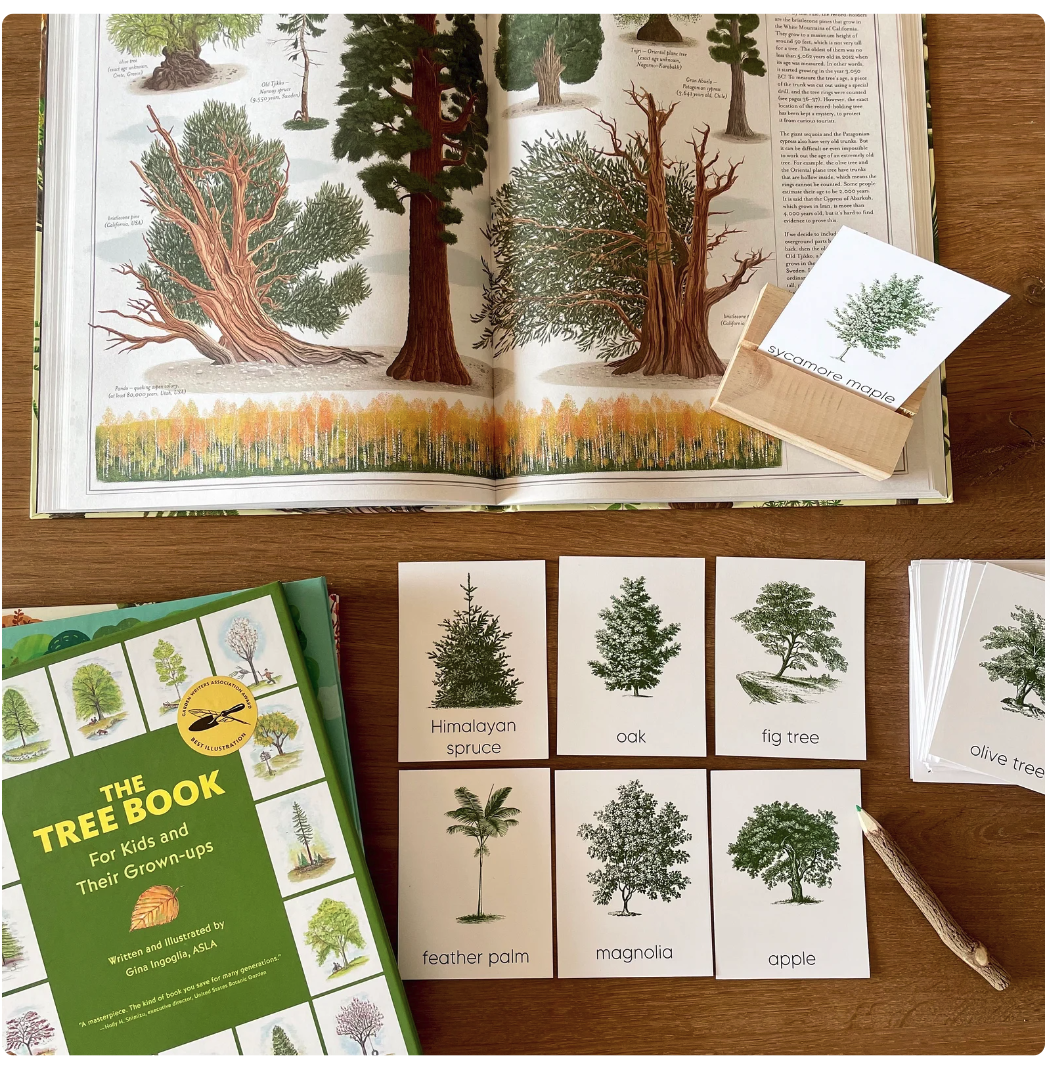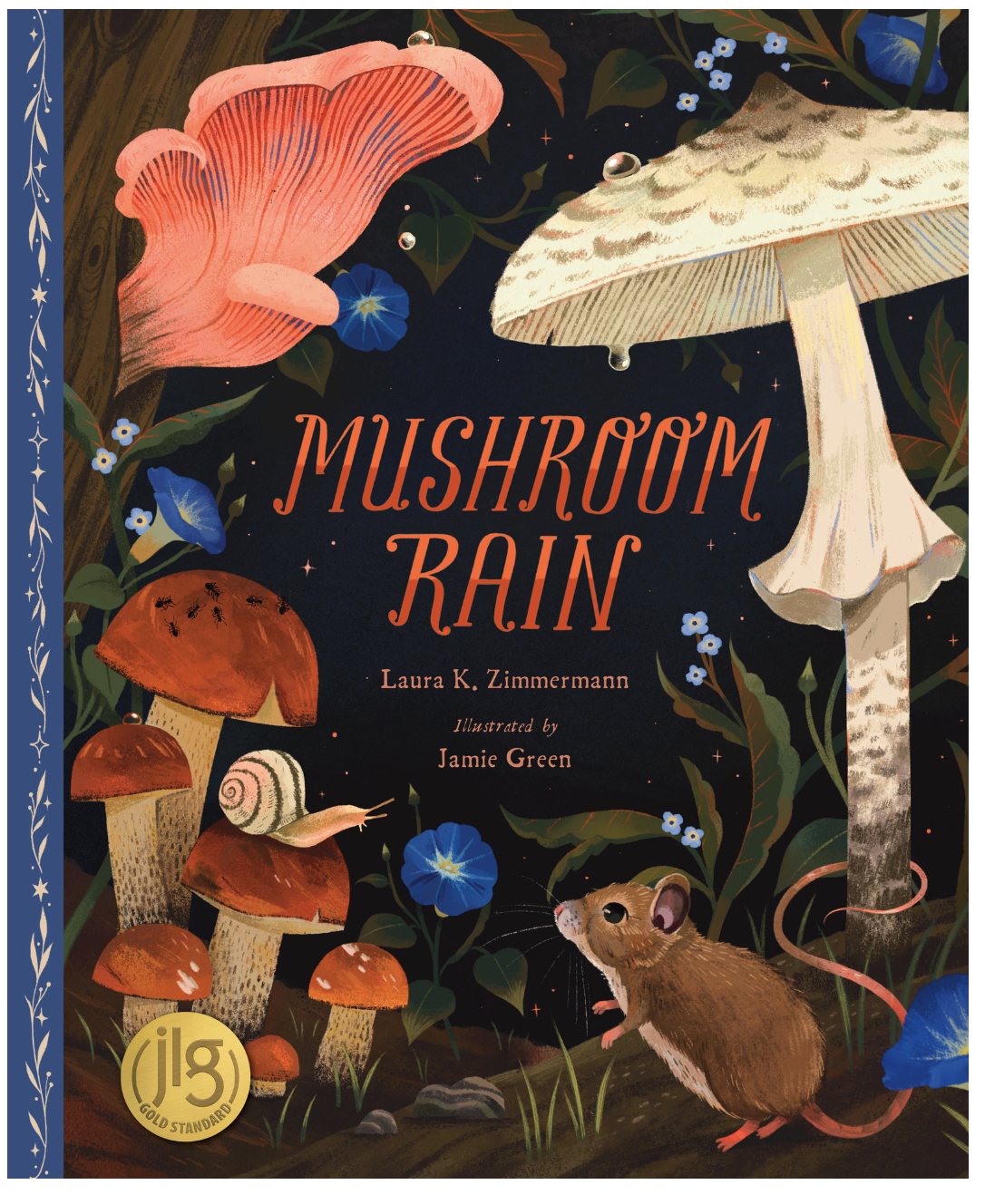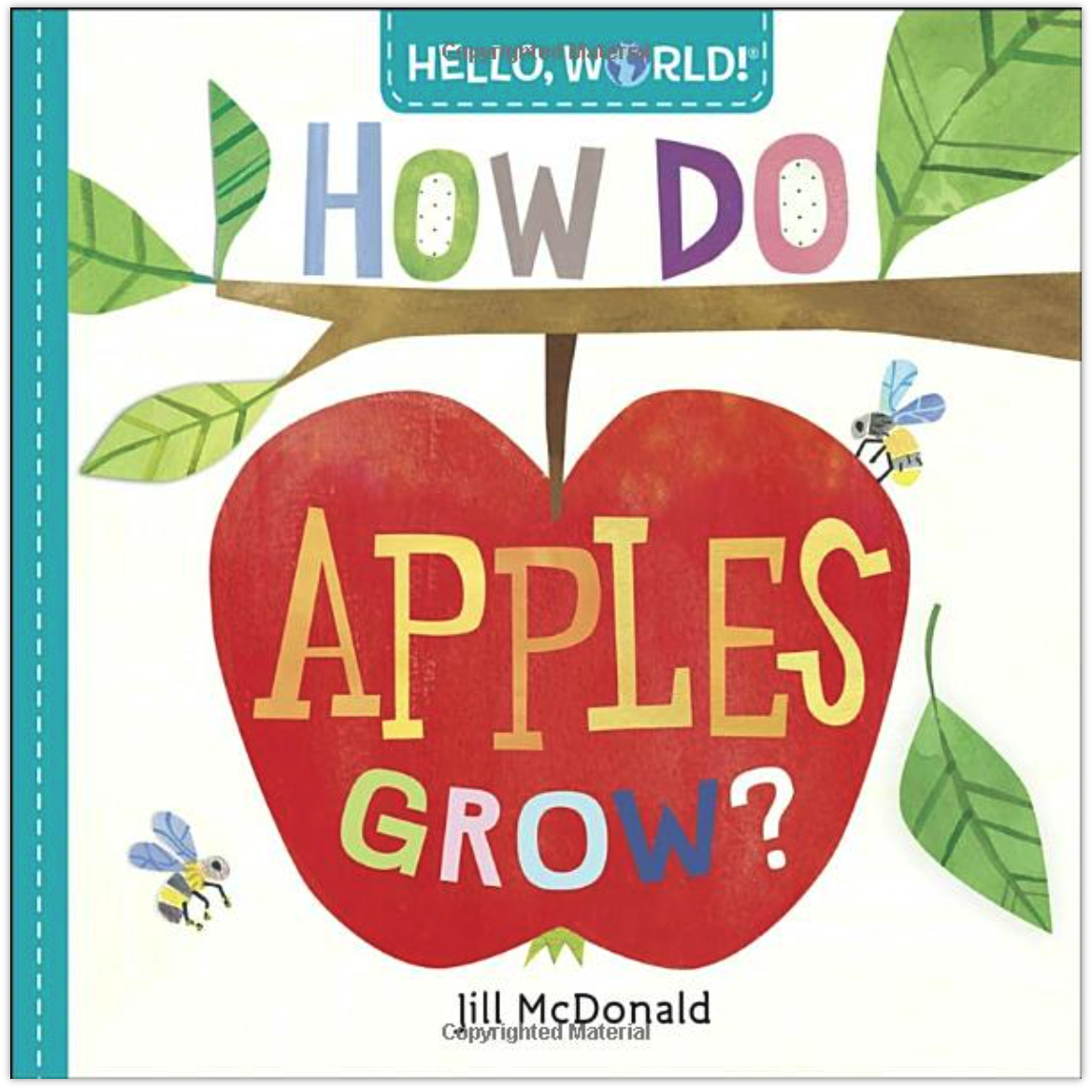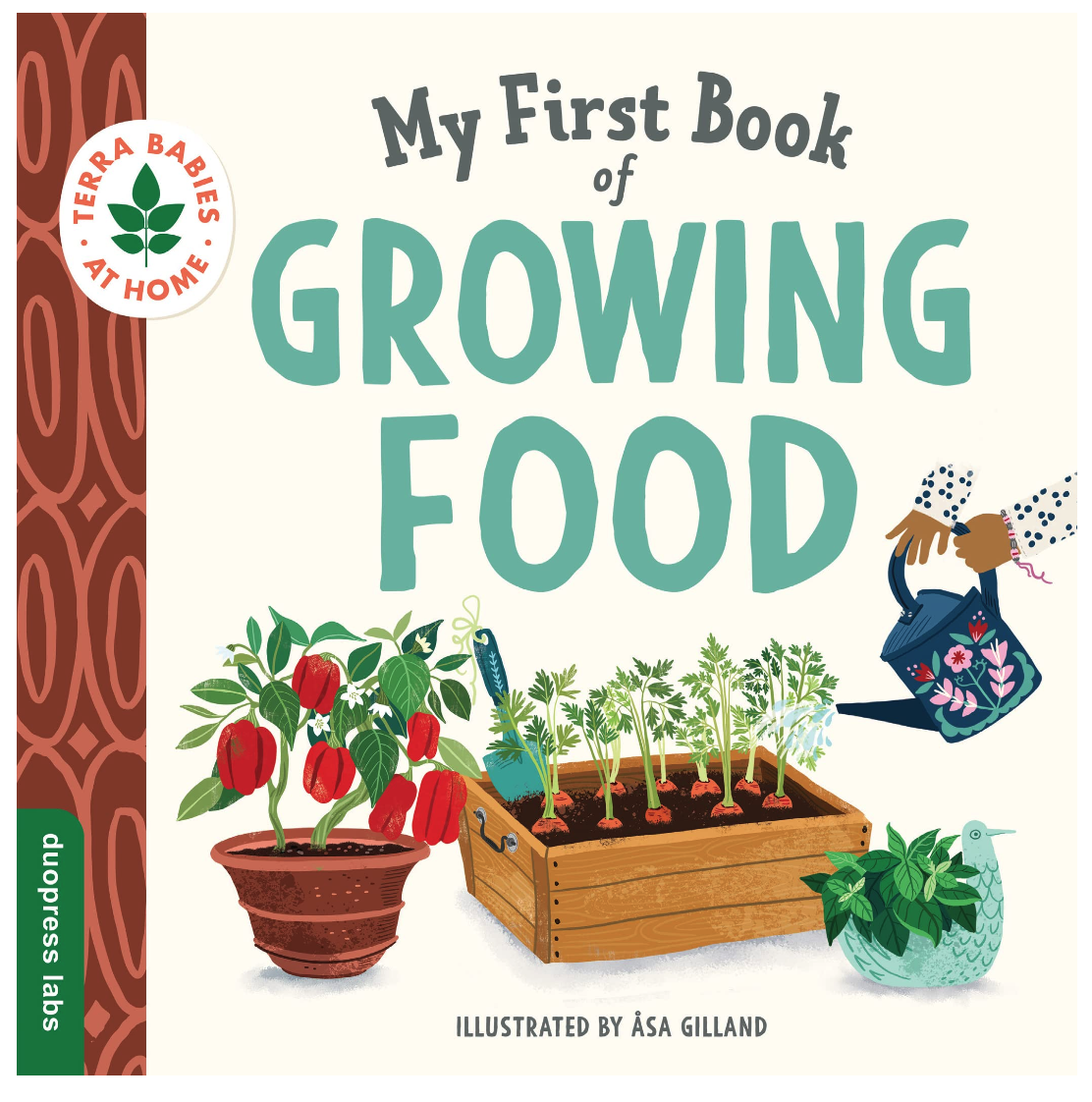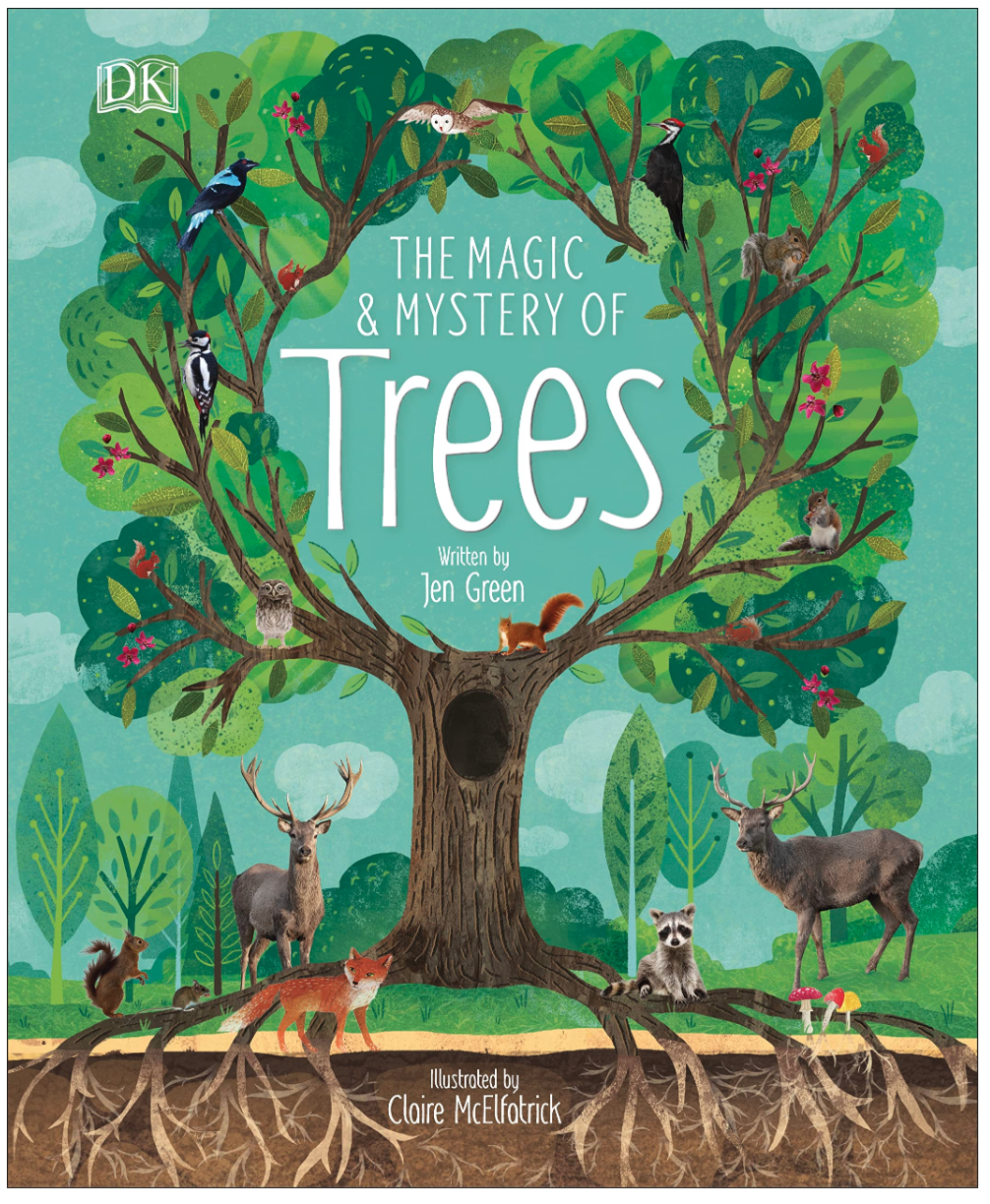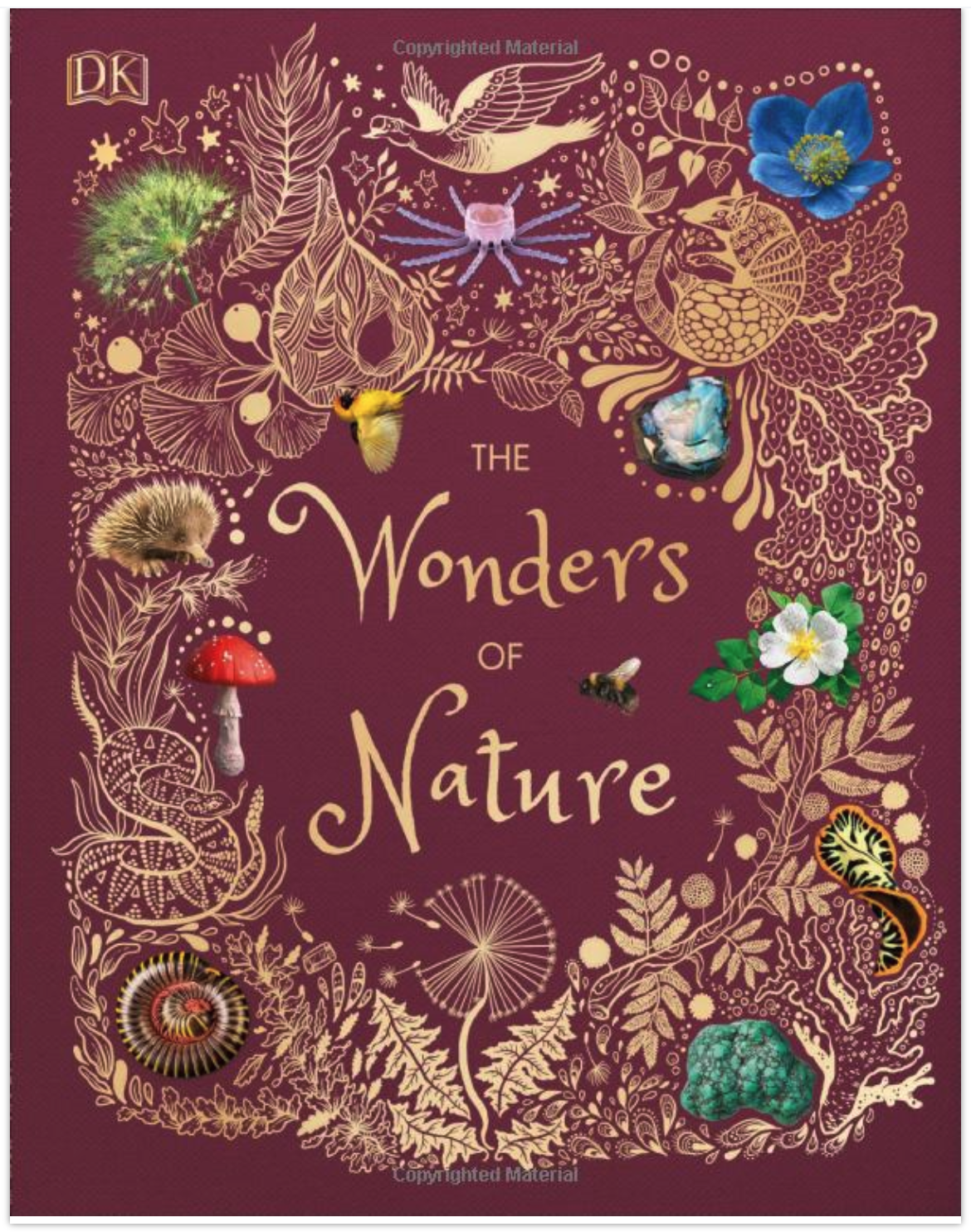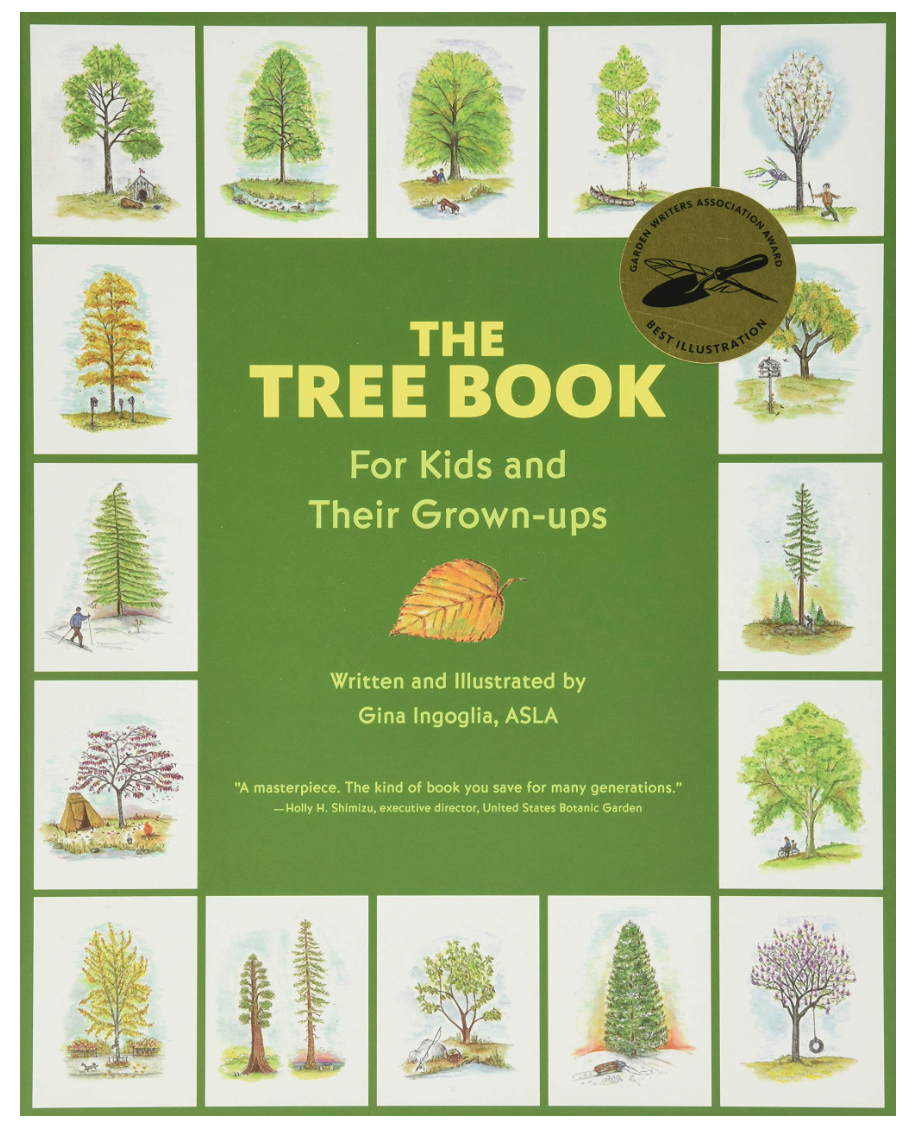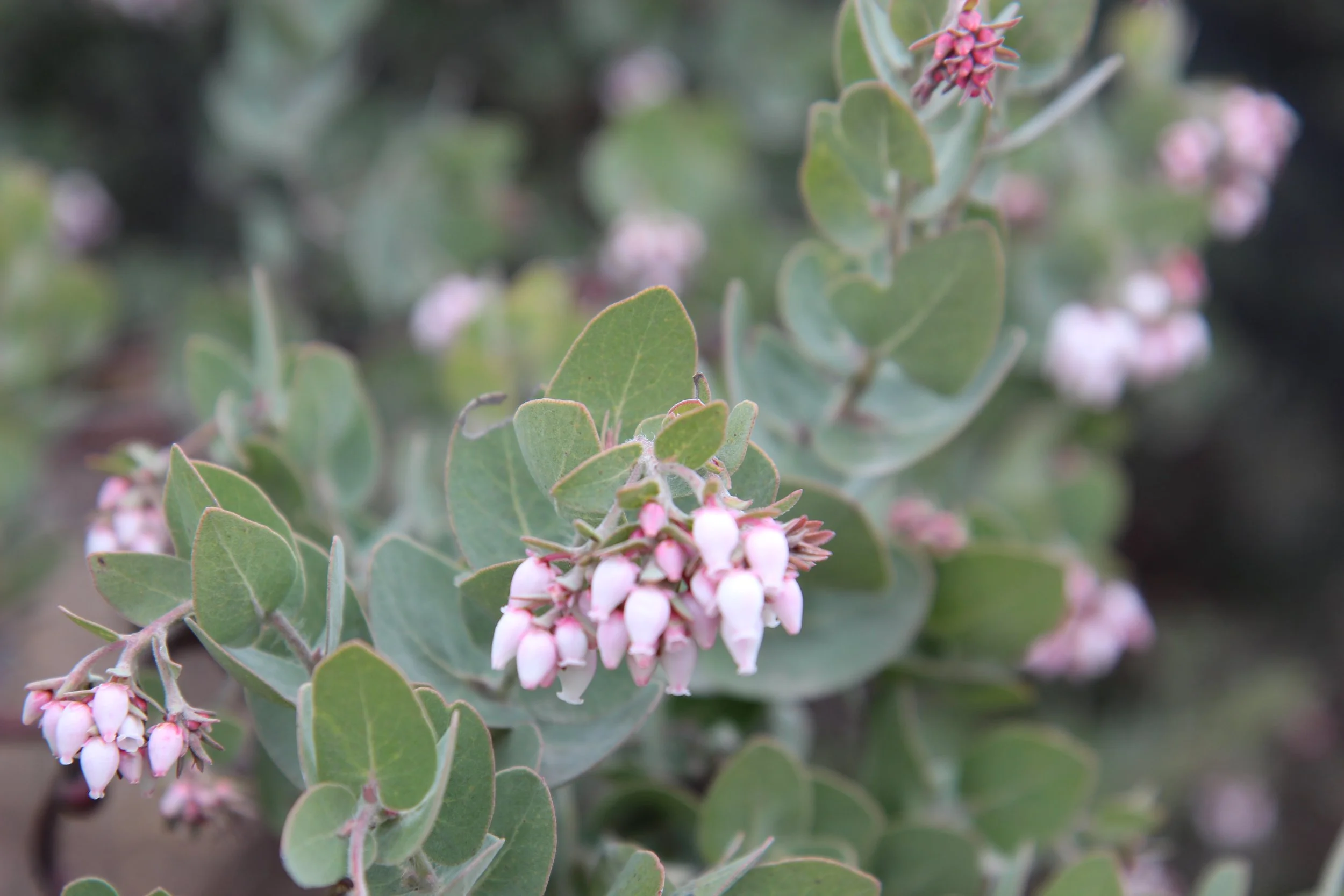Spring Wildflowers in CA
Exploring the east bay with my sons. Here is a quick link to the Nature hikes with kids map.
I have always loved herb walks, but now I have 2 little people to teach. My goal is to get my sons to know more wild plant names than me. I wish I could walk through a forest and point to more words I know than Pokémon. A child’s memory is astonishing… let’s see if we can get them to recover some of our lost knowledge!
Fun fact: words get replaced in the official dictionary every year, usually plant words replaced by tech words or acronyms. I want my sons’ vocab to showcase a deeper knowledge base- revealing where his youngest years were spent. tech stuff is made to be easy enough for old people to learn, so I’m not worried about him falling behind if he can’t code at 10 years old! And learning these words feels like resurrecting the dead! Or uncovering a long lost masterpiece.
Some Mentor-lead hikes in the East Bay:
Mount Diablo, almost daily, free with $6 parking cash
Meet in front of the Mitchell Canyon Visitor Center (96 Mitchell Canyon Road, Clayton
Wednesdays @8:30am-12:30 am, 3 miles
Sat/Sun @9am-1pm, 4 miles
Edgewood Nature Preserve's Friends of nonprofit docents do then on the weekend
South Bay Rancho Cañada del Oro
Santa Clara, interactive Map
Midpen Activities listed below
Berkeley Herbal Centers Monthly walks plus more
Some Resources (there are so many to pick from!)
This beautiful laminated pocket guide for $10 (plus lots of other great children’s workbooks!)
I am a sucker for a beautiful picture. Or library book.
Instead of one mentor, I met many. In a world where mentors can be hard to find, I turn to books for help and guidance.
Just think about it. Someone put years of their life into cK with incredible amounts of detail. Sure, it would be nice to have a personal mentor that knew everything about everything. But honestly, do you even think that exists?
What does exist is a world of books written by experts that can teach you anything you want. So, I have compiled a list of my favorite field guides and plant books to spark some other people’s interests.
The Magic & Mystery of Trees, plus matching flashcards!
Introduction to California Spring Wildflowers
It surprised me to learn how old the original publishing date was on this small pocket guide. How different was the world back in 1892? The fact that we are still republishing the same book over 130 years later - fact checking no longer used names - some species merging into others, or being split into subspecies - is a natural wonder! The author was a professor and Dean of Botany, associated with the Rancho Santa Ana Botanical Garden in LA.
Naming of plants seems like such an external thing, but there is significant research to get people to all be on the same page about the millions of plants and possible mis-interpretations. When naming a thing, there are certain sources that hold more sway than others. But it kind of makes me laugh to think big picture, it comes down to some kind of vote or concensus for some human to say THIS is THE name we will all go by this now.
Some plants have poisonous cousins, so it can be a big deal to WRITE about the differences, but nothing is as powerful as teaching a human to learn the difference in the wild. I just want to be able to point to a plant and have some familiarity with it myself. Are you the same flower I saw last week somewhere else?
Anyways, this book covers flowers all over California, a lofty goal, spanning desert and ocean and forest species. California has been long considered an earthly paradise. Some experts agree to over 6,000 different flowering plants un the state. We can remove thousands of those considered grasses, and still have thousands to sort through.
So here is a list of the wildflowers by color (work in progress). (I will be adding photos to be an easy guide!)
White
Star Water-Plantain
Broad-Fruited Bur-reed
Star Lily
Slim Solomon’s seal
Hooker’s Fairy Bells
Sierra Fawn Lily
White Fairy Lantern (Globe Lily)
Butterfly Mariposa Lily
Muilla
Yucca (Our lord’s candle)
White (or western) trillium
California lady’s slipper
Yerba mansa (lizard’s tail)
Western wood anemone (windflower)
Pipestems (clematis)
Cream cups
Coulter’s Matilija Poppy
Chicalote (prickly poppy)
Redwood ivy (Vancouveria lanipetala, from the captain who visited the CA coast in 1792)
Hairy fringepod
Shepherd’s purse (found in almost every vacant lot below a certain elevation. When ripe, the flower reveals yellow seeds - the “golden coins” in the shepherd’s purse
Milk maids - one of the earliest spring flowers, in Jan/Feb
Bitter Root
Miner’s Lettuce - EDIBLE, eaten by miners, pioneers, and Native Americans
Candy Flower
Beach Starwort - once common, now more scarce
Common Chickweed - non-native in many lawns and parks, edible
Large-leaved Sandwort/Sand-spurrey
Crystalline Iceplant - popular groundcover, from Africa, turns pink as they age
California Buckwheat
Umbrella Plant (Indian Rhubarb) - grows along banks of rapid streams
Hill Star
Honey Dew (sweet drop of liquid from the flower, VERY fragrant, beautiful smell)
Beach Strawberry
CA Blackberry
Oceanspray (Cream Bush) - does not flower the first several years, but once it does, it makes a hanging spray of flowers, that stick around year round until the new flowers come the next spring
Chamise (Greasewood)
Dense-flowered platycarpos
Spanish clover
Bigpod ceanothus
Salal
Greatberry/Shaggy-barked Manzanita - has small reddish fruit, meaning “little apple”
Western Azalea - found along streams or other damp places
Snowdrop bush
Western Morning glory
Devil’s lantern (Lion-in-a-cage, or Basket evening primrose) - grows on sandy desert
Bicolored Linanthus
Flax-flowered linanthus
White flowered navarretia
Yerba Santa

